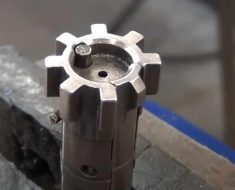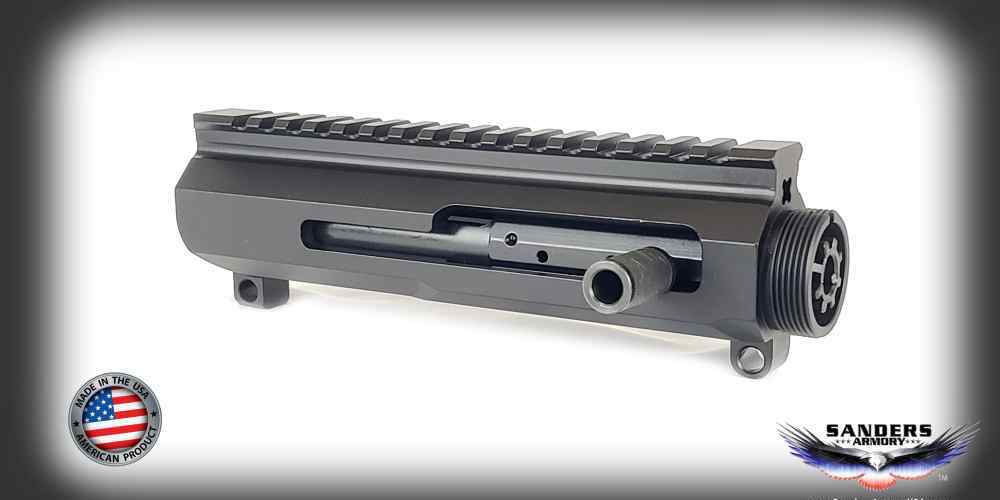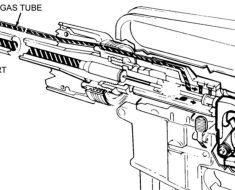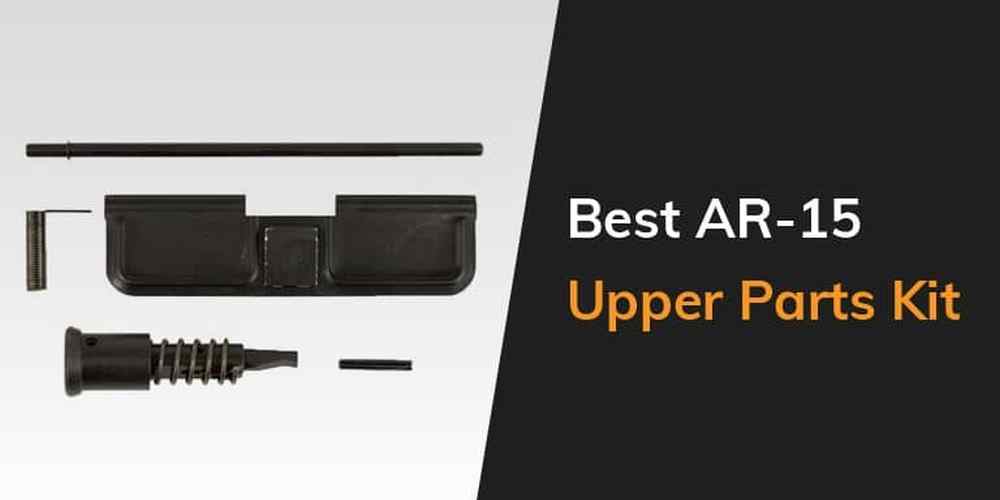“Keep your AR15 running smoothly with our wear-resistant bolt carrier groups.”
Proper Lubrication Techniques for AR15 Bolt Carrier Groups
Proper lubrication is essential for maintaining the longevity and performance of your AR15 bolt carrier group. The bolt carrier group is a critical component of your rifle, responsible for cycling rounds and ensuring proper function. Without proper lubrication, the bolt carrier group can experience excessive wear and potentially malfunction.
To properly lubricate your AR15 bolt carrier group, it is important to first understand the components that make up this crucial part of your rifle. The bolt carrier group consists of the bolt, bolt carrier, firing pin, cam pin, and retaining pin. These components work together to chamber rounds, extract spent casings, and reset the firing pin for the next shot.
When it comes to lubricating your AR15 bolt carrier group, less is more. Applying too much lubricant can attract dirt and debris, leading to increased wear and potential malfunctions. A thin, even coat of high-quality lubricant is all that is needed to keep your bolt carrier group running smoothly.
Before applying lubricant, it is important to clean your bolt carrier group thoroughly. Use a solvent and a brush to remove any carbon buildup and debris from the components. Once clean, apply a small amount of lubricant to the bolt, bolt carrier, cam pin, and firing pin. Be sure to spread the lubricant evenly across the surfaces to ensure proper coverage.
When applying lubricant to your AR15 bolt carrier group, pay special attention to the areas where metal contacts metal. These high-friction areas are prone to wear and can benefit from a little extra lubrication. Be sure to also lubricate the gas rings on the bolt to ensure proper function and prevent gas leakage.
After applying lubricant, cycle the bolt carrier group several times to distribute the lubricant evenly and ensure proper function. Check for any excess lubricant and wipe away any excess with a clean cloth. Your bolt carrier group should now be properly lubricated and ready for use.
Regular maintenance is key to managing wear on your AR15 bolt carrier group. Inspect your bolt carrier group regularly for signs of wear, such as excessive wear on the bolt lugs or cam pin. If you notice any signs of wear, it may be time to replace the affected components to prevent malfunctions and ensure proper function.
In conclusion, proper lubrication is essential for managing wear on your AR15 bolt carrier group. By following these simple steps and using high-quality lubricant, you can ensure that your bolt carrier group remains in top condition and functions properly. Regular maintenance and inspection are key to preventing excessive wear and ensuring the longevity of your rifle. With proper care and maintenance, your AR15 bolt carrier group will continue to perform reliably for years to come.
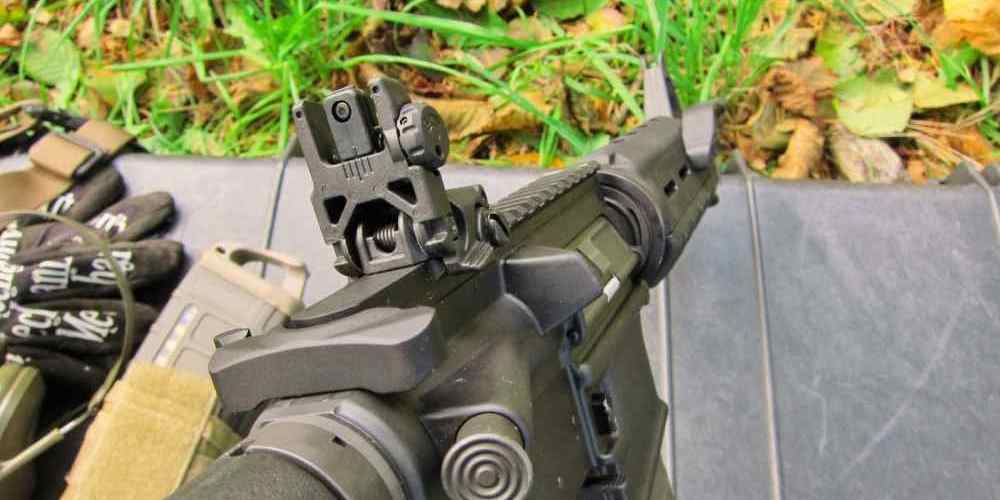
Cleaning and Maintenance Tips for Extending the Lifespan of AR15 Bolt Carrier Groups
The AR15 is a popular rifle among gun enthusiasts for its reliability and versatility. One of the key components of the AR15 is the bolt carrier group (BCG), which is responsible for cycling rounds and extracting spent casings. Proper maintenance of the BCG is essential to ensure the rifle functions smoothly and reliably. In this article, we will discuss some tips for managing wear on AR15 bolt carrier groups to extend their lifespan.
First and foremost, regular cleaning of the BCG is crucial to prevent excessive wear. After each shooting session, it is recommended to disassemble the BCG and clean all the components thoroughly. Use a solvent to remove carbon buildup and debris, and then lubricate the moving parts with a high-quality gun oil. This will help prevent corrosion and ensure smooth operation of the BCG.
In addition to cleaning, inspecting the BCG for signs of wear is also important. Check the gas rings for any signs of wear or damage, as they are responsible for sealing the gas system and ensuring proper cycling of the rifle. If the gas rings are worn out, replace them immediately to prevent malfunctions.
Another area to pay attention to is the extractor and ejector. These components are crucial for extracting spent casings and ejecting them from the rifle. Inspect the extractor claw for any signs of wear or damage, and replace it if necessary. The ejector should also be inspected for proper function, as a malfunctioning ejector can cause failures to eject.
Proper lubrication of the BCG is also essential for managing wear. Use a high-quality gun oil to lubricate the moving parts of the BCG, such as the bolt and cam pin. This will help reduce friction and wear on the components, extending their lifespan. However, be careful not to over-lubricate, as excess oil can attract dirt and debris, causing malfunctions.
When shooting steel-cased ammunition, be aware that it can cause increased wear on the BCG. Steel casings are harder than brass casings, which can cause more wear on the extractor and chamber. To mitigate this, clean the BCG thoroughly after shooting steel-cased ammunition and inspect the extractor for signs of wear more frequently.
Lastly, consider investing in a high-quality BCG to reduce wear and increase longevity. A well-made BCG will have a durable finish and high-quality components that can withstand the rigors of shooting. While they may be more expensive upfront, a quality BCG can save you money in the long run by reducing the need for frequent replacements.
In conclusion, managing wear on AR15 bolt carrier groups is essential for extending their lifespan and ensuring reliable performance. By following these tips for cleaning, inspecting, lubricating, and investing in a quality BCG, you can keep your AR15 running smoothly for years to come. Remember to take care of your rifle, and it will take care of you.
Identifying Signs of Wear and Tear on AR15 Bolt Carrier Groups
The AR15 is a popular rifle among gun enthusiasts for its reliability and versatility. One of the key components of the AR15 is the bolt carrier group (BCG), which is responsible for cycling rounds and extracting spent casings. Over time, the BCG can experience wear and tear, which can affect the rifle’s performance. In this article, we will discuss how to identify signs of wear on AR15 bolt carrier groups and how to manage it effectively.
One of the first signs of wear on an AR15 bolt carrier group is excessive carbon buildup. As the rifle is fired, carbon and other debris can accumulate on the BCG, causing it to become dirty and potentially affecting its function. If you notice that your BCG is covered in carbon, it is important to clean it thoroughly to prevent any malfunctions.
Another common sign of wear on an AR15 bolt carrier group is a worn or damaged gas key. The gas key is responsible for directing gas from the barrel to the BCG, allowing the rifle to cycle properly. If the gas key becomes loose or damaged, it can cause the rifle to malfunction. To prevent this, it is important to regularly inspect the gas key for any signs of wear and tighten it if necessary.
In addition to the gas key, the bolt itself can also experience wear over time. One of the most common signs of wear on the bolt is peening, which occurs when the metal is deformed due to repeated impact. Peening can cause the bolt to become misshapen, affecting its ability to lock into the chamber properly. If you notice any signs of peening on your bolt, it is important to replace it to prevent any malfunctions.
Another important component of the AR15 bolt carrier group is the firing pin. The firing pin is responsible for striking the primer of the round, igniting the gunpowder and firing the bullet. Over time, the firing pin can become worn or damaged, affecting its ability to strike the primer effectively. If you notice that your firing pin is not striking the primer properly, it is important to replace it to ensure that your rifle functions correctly.
To manage wear on an AR15 bolt carrier group effectively, it is important to regularly inspect and clean the BCG. By cleaning the BCG after each use, you can prevent excessive carbon buildup and ensure that the rifle functions properly. In addition, it is important to inspect the gas key, bolt, and firing pin for any signs of wear and replace them as needed.
In conclusion, managing wear on an AR15 bolt carrier group is essential for maintaining the rifle’s performance and reliability. By identifying signs of wear and tear on the BCG, such as carbon buildup, worn gas keys, peened bolts, and damaged firing pins, you can take the necessary steps to prevent malfunctions and ensure that your rifle functions properly. By regularly inspecting and cleaning the BCG, you can extend the life of your AR15 and enjoy years of reliable shooting.
Upgrading Components to Reduce Wear on AR15 Bolt Carrier Groups
The AR15 is a popular and versatile rifle that is known for its reliability and ease of customization. One of the key components of the AR15 is the bolt carrier group (BCG), which is responsible for cycling the rifle and chambering new rounds. Over time, the BCG can experience wear and tear, which can affect the rifle’s performance. Fortunately, there are several ways to manage wear on AR15 bolt carrier groups and extend their lifespan.
One of the most effective ways to reduce wear on an AR15 bolt carrier group is to upgrade to high-quality components. Investing in a high-quality BCG made from durable materials such as steel or titanium can help reduce friction and wear on the moving parts of the rifle. Additionally, upgrading to a nickel boron or nitride-coated BCG can further reduce friction and improve the overall performance of the rifle.
Another way to manage wear on an AR15 bolt carrier group is to regularly clean and lubricate the BCG. Dirt, debris, and carbon buildup can cause increased friction and wear on the moving parts of the rifle. By regularly cleaning and lubricating the BCG, you can help reduce friction and ensure smooth operation of the rifle. Be sure to follow the manufacturer’s recommendations for cleaning and lubricating the BCG to ensure optimal performance.
In addition to upgrading components and regular maintenance, there are a few other tips for managing wear on an AR15 bolt carrier group. One tip is to avoid using steel-cased ammunition, as it can cause increased wear on the BCG. Instead, opt for brass-cased ammunition, which is less likely to cause wear on the rifle. Additionally, avoid using excessive amounts of lubricant on the BCG, as this can attract dirt and debris and cause increased wear on the moving parts of the rifle.
It’s also important to pay attention to the signs of wear on your AR15 bolt carrier group. If you notice any unusual noises, malfunctions, or excessive wear on the BCG, it may be time to replace or upgrade the components. By addressing wear and tear on the BCG early on, you can prevent further damage to the rifle and ensure its continued reliability and performance.
In conclusion, managing wear on an AR15 bolt carrier group is essential for maintaining the performance and reliability of the rifle. By upgrading to high-quality components, regularly cleaning and lubricating the BCG, and following a few simple tips, you can help reduce wear and extend the lifespan of your AR15 bolt carrier group. Paying attention to the signs of wear and addressing them early on can help prevent further damage to the rifle and ensure its continued performance for years to come.
Best Practices for Inspecting and Monitoring Wear on AR15 Bolt Carrier Groups
The AR15 is a popular rifle platform known for its reliability and versatility. One of the key components of the AR15 is the bolt carrier group (BCG), which plays a crucial role in the rifle’s operation. Over time, the BCG can experience wear and tear, which can affect the rifle’s performance. It is important for AR15 owners to regularly inspect and monitor the wear on their BCG to ensure the rifle functions properly.
One of the best practices for managing wear on AR15 BCGs is to regularly inspect the components for signs of wear. This can be done by visually inspecting the BCG for any visible signs of wear, such as scratches, dents, or discoloration. Additionally, it is important to check the BCG for any loose or damaged parts that may affect its performance.
Another important aspect of managing wear on AR15 BCGs is to monitor the round count. Keeping track of how many rounds have been fired through the rifle can help determine when the BCG may need to be replaced or serviced. Most BCGs have a recommended round count before they should be replaced, so it is important to keep track of this information.
In addition to inspecting and monitoring wear on the BCG, it is also important to properly clean and lubricate the components. Regular cleaning and lubrication can help prevent excessive wear on the BCG and ensure smooth operation of the rifle. It is recommended to clean the BCG after each use and apply a light coat of lubricant to the components to prevent corrosion and reduce friction.
When inspecting the BCG, it is important to pay close attention to the bolt itself. The bolt face should be inspected for any signs of wear, such as pitting or erosion. Additionally, the gas rings on the bolt should be checked for wear and replaced if necessary. The extractor and ejector should also be inspected for any signs of damage or wear that may affect the rifle’s performance.
It is also important to check the gas key on the BCG for any signs of wear or damage. The gas key plays a crucial role in the rifle’s operation, so it is important to ensure that it is properly secured and in good condition. Any signs of wear or damage to the gas key should be addressed immediately to prevent malfunctions.
In conclusion, managing wear on AR15 BCGs is an important aspect of maintaining the reliability and performance of the rifle. By regularly inspecting and monitoring the wear on the BCG, as well as properly cleaning and lubricating the components, AR15 owners can ensure that their rifle functions properly and safely. By following these best practices, AR15 owners can enjoy their rifle for years to come.






